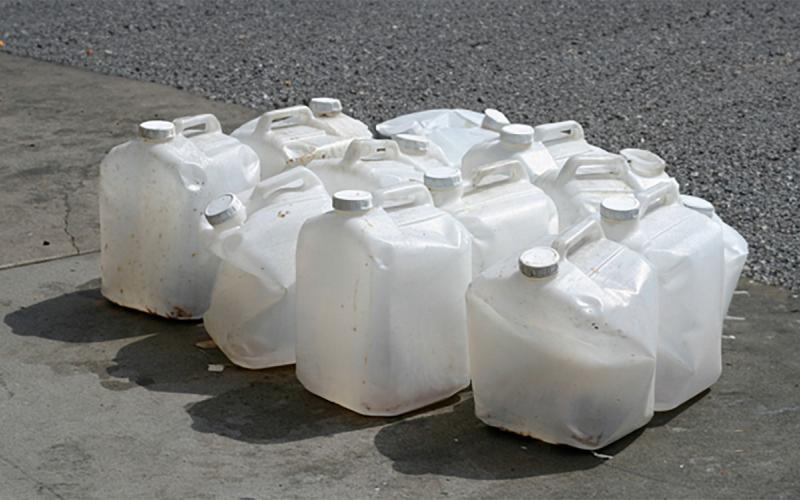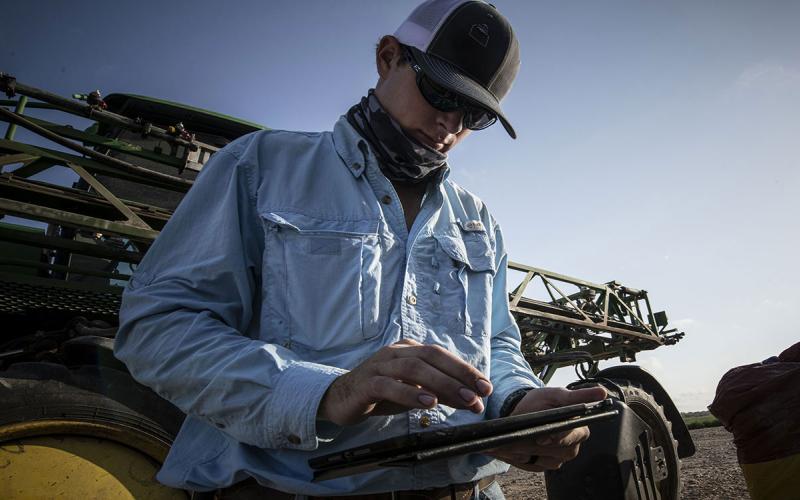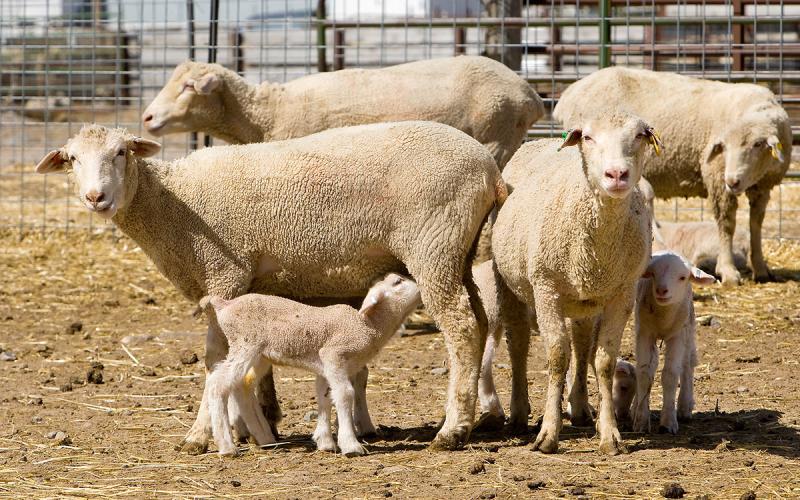Written Collaboratively by the SDSU Extension and University of Minnesota team: Kristine Lang, Curtis Braun, Stephen Robertson, Laura Edwards, and Kent Boyd.
When was the last time you’ve thought about safety on your farm? It’s never too late to refresh training on topics related to health and safety for people and the food you grow. Explore the resources below to learn about how to keep yourself, your staff, and your produce safe on your specialty crop farm. Included is practical, science-based safety information for small and medium-scale commercial specialty crop farms from the field to the market.
The South Dakota Cottage Food Law: How Does this Apply to my Farm?
SDSU Extension offers specialty crop producers a complete library of educational content around cottage food laws, food safety, and South Dakota regulatory requirements.
Additionally, SDSU Extension offers free testing and evaluation of canned goods and product evaluations for new or novel products, and can help create free nutrition facts panels and ingredient declaration statements with our labeling software.
To connect with one of our on-staff experts and learn more about the services that SDSU Extension can provide, please visit the SDSU Extension Food Safety page.
Pesticides: Properly Protecting Produce
Pesticide use and regulation had troubling beginnings in the United States. Following cries for environmental justice and the recognition of the negative consequences of unregulated pesticide usage, the US government stepped in to place controls on pesticides. The current model gives federal authority to the Environmental Protection Agency (EPA) to establish national standards, while states are given the opportunity to generate their own standards for certification and training that meet or exceed national standards.
Whenever pesticides are used, safety is the top priority, including safety for the applicator, others that may interact with treated areas (humans, pets, wild animals, etc.), and the environment. Organic pesticides are still pesticides and can have severe negative consequences in humans. The label is the law. As the enforceable point of communication between applicator and regulator, it is necessary to read and be familiar with labels when buying, before applying, when cleaning up, and when storing pesticides. As always, be safe out there when you make applications, and don’t hesitate to contact SDSU Extension for more information related to pesticide safety and South Dakota training requirements. You can also find additional information and resources on our safety and training page.
Extreme Heat: Projections and Protection (Physical and Mental)
Extreme weather-related events have a greater impact on marginalized, rural, and populations that work outdoors. These communities have limited social and physical infrastructure, challenging their baseline resilience. Thus, these populations' members need the tools and resources to increase their adaptive capacity and resilience during extreme events. The University of Minnesota Extension program developed a resource specifically for farmers regarding extreme heat and poor air quality.
The ability to find and understand weather forecasts is important to being prepared for extended periods outdoors and strenuous outdoor activity, which includes farm, yard and garden work. The NOAA National Weather Service issues heat advisories, watches and warnings with the protection of human health in mind. They use Heat Index, a combination of air temperature and humidity, to inform their forecasts of extreme heat events that could have significant or life-threatening impacts. Wet Bulb Globe Temperature (WBGT) can also be utilized in the field with a measurement device. WBGT includes air temperature (exposed in sunlight, not in shade), humidity, wind and solar radiation to better mimic human biophysical response to extreme heat and humid environments. Other websites and resources are in development to better forecast and warn for extreme heat events, including the experimental NOAA Heat Risk website and the Mesonet at SDState. SDSU Extension also offers a number of helpful resources to protect your plants, including guidance on preventing leaf scorch and sunscald in gardens.
Heat illnesses build upon each other, making identification of signs and symptoms and prompt intervention essential. The identification and treatment of heat stroke are vital, as this illness can lead to organ failure in a matter of minutes. Given the potential delays in emergency medical services (EMS), a culture focused on safety, appropriate acclimatization, breaks, hydration, and shaded areas with cold water tubs are the most effective in mitigating the severe effects of extreme heat. Air pollution particles can create and exacerbate health conditions, especially respiratory and cardiovascular diseases. It is important for those working outdoors to have the equipment to alleviate their exposure. Respiratory masks effective in filtering PM 2.5 (N, P, or R, 95-100) are recommended by the CDC, NIOSH, and EPA. Air filtration systems can also help remove air pollutants from enclosed homes and workspaces.
Finally, weather-related events can have serious mental health consequences, especially for those who depend on the environment and predictable weather patterns for their livelihood. If you or someone you know is experiencing mental health symptoms, such as anxiety, depression, forgetfulness, avoiding friends or social activities, and substance abuse, talk with your support system, contact your local health professionals, or find a therapist via telehealth. SDSU Extension provides a variety of mental health resources for farmers.


